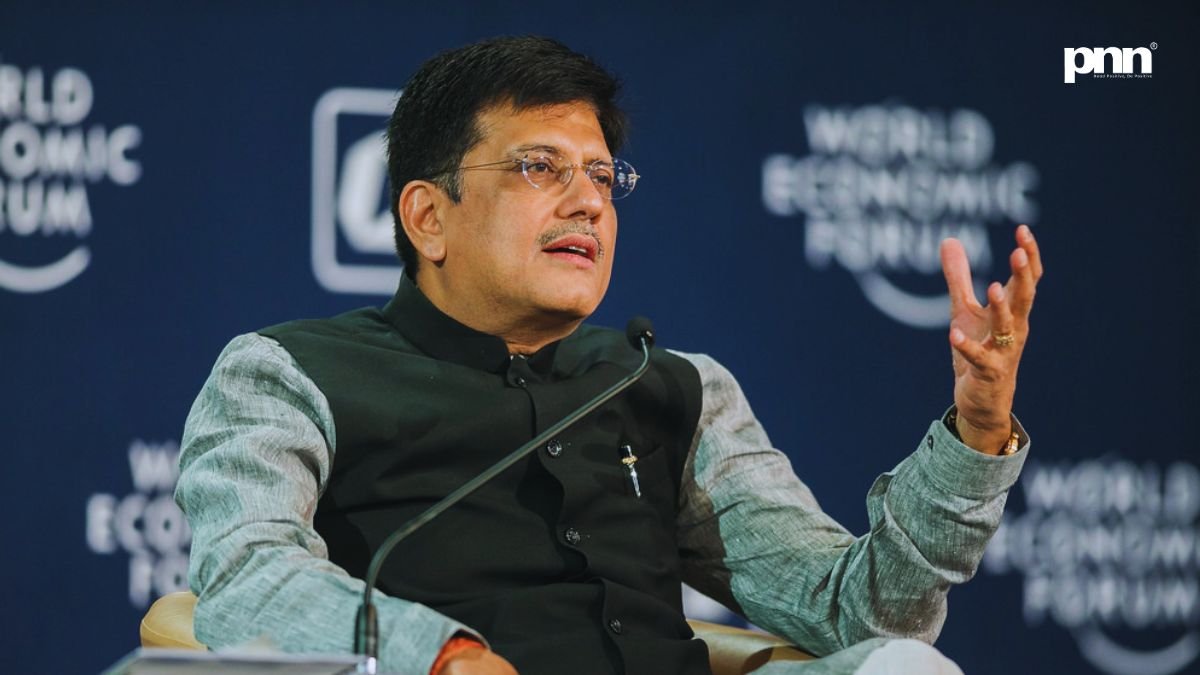New Delhi [India], September 27: India’s free trade deal with EFTA goes live in October 2025. Piyush Goyal says it’s just the start, India’s economy is flexing, and the world is lining up.
India’s Big Play: FTA with EFTA
Mark your calendars: October 1, 2025. That’s the day India’s Free Trade Agreement (FTA) with the European Free Trade Association (EFTA), Iceland, Liechtenstein, Norway, and Switzerland, takes effect. Commerce and Industry Minister Piyush Goyal dropped the news at the UP International Trade Show, and it landed like a thunderclap.
This isn’t just paperwork. It’s India telling the developed world: the shop is open, and the shelves are stacked. After years of negotiation, the deal was wrapped up in March 2024. Now it’s execution time.
Why It Matters?
India already locked FTAs with the UAE, Australia, and the UK. EFTA is the next domino. Each pact isn’t just about tariffs; it’s about credibility. Global heavyweights now line up to deal with India instead of tiptoeing around. Goyal put it bluntly: developed nations are “keen” to sign with India. Translation? The tables have turned.
Who’s Next in Line?
Forget waiting lists at fancy restaurants. India’s FTA guest list is hotter. Talks are rolling with the US, EU, New Zealand, Oman, Peru, and Chile. Qatar and Bahrain want in. Even the Eurasia bloc has finalised its Terms of Reference. Goyal’s subtext was clear: India is no longer knocking at the door. Others are.
GST Reform: The Shockwave
Goyal didn’t just stop at FTAs. He called the latest GST reform a “gift” from Prime Minister Narendra Modi, timed for Navaratri no less. His words? “22 September will be written in golden letters in history.” That’s not shy language. He called it the biggest reform since Independence, with an impact lasting decades.
For a country once infamous for tax chaos, simplifying GST is like upgrading from dial-up to 5G. Businesses know it. Consumers will feel it. And the signal to investors? Crystal clear.
India’s Economic Flex
Let’s do the scoreboard check. India’s foreign exchange reserves: $700 billion. Inflation: 2%, the lowest in a decade. GDP growth: 7.8% in the last quarter. Banking sector: solid. Interest rates: easing. Goyal reminded the crowd that India went from “fragile” in 2014 to the world’s 4th largest economy. Next stop? Third place, with a $5 trillion economy in the next two years.
India is sprinting fast.
Regional Focus: East and North-East
Growth isn’t just for Mumbai and Delhi. Goyal said the Union Government is zooming in on the North-Eastern and Eastern states. The plan: inclusive growth with states as partners, not spectators. It’s a message that matters, especially in regions often left behind in the big India growth story.
UP’s Transformation Story
The UP International Trade Show wasn’t just a backdrop. It was proof. Goyal called out Uttar Pradesh’s “leaps and bounds” in growth. The state is the first in India with a dedicated Export Promotion Ministry. That’s not symbolism, it’s infrastructure for ambition.
From expressways to airports, multimodal logistics hubs to container depots, UP is rewriting its economic playbook. The dedicated freight corridor now runs like a spine through the state, and inland waterways are being built into arteries of trade.
ODOP: One District, One Juggernaut
The One District, One Product (ODOP) initiative has gone national, now hitting over 750 districts. Over 1,200 products are under the spotlight, from khadi and cotton to cottage industry gems. Both the state and the Centre are pushing them into domestic and global markets.
Unity Malls are next on the list. Each state will get one to showcase local products. Uttar Pradesh will house three: Lucknow, Agra, and Varanasi. Think of them as trade showrooms with permanent addresses.
This isn’t just policy. It’s branding, scale, and distribution, rolled into one.
Vocal for Local Goes Global
Goyal’s punchline was a throwback to Gandhian swadeshi, but with modern flair: “Every product carries the blood and toil of Indian workers.” He urged Indians to buy local, but the vibe wasn’t nostalgia; it was ambition.
“Vocal for Local, Local Goes Global” wasn’t a slogan. It was a commitment.
MSMEs and Women Entrepreneurs in the Spotlight
The UP Trade Show gave centre stage to MSMEs, women-led enterprises, and export-driven units. These aren’t footnotes; they’re the backbone of India’s trade surge. With GST reforms, FTA openings, and infrastructure upgrades, they now get the runway to scale.
Step back, and the pieces connect:
- FTAs stacking up.
- GST shockwave reform.
- FX reserves hitting record highs.
- GDP racing ahead.
- Infrastructure projects reshaping states.
- Local products elevated to global stages.
The message is blunt: India isn’t playing catch-up anymore. It’s leading.


Comments are closed.